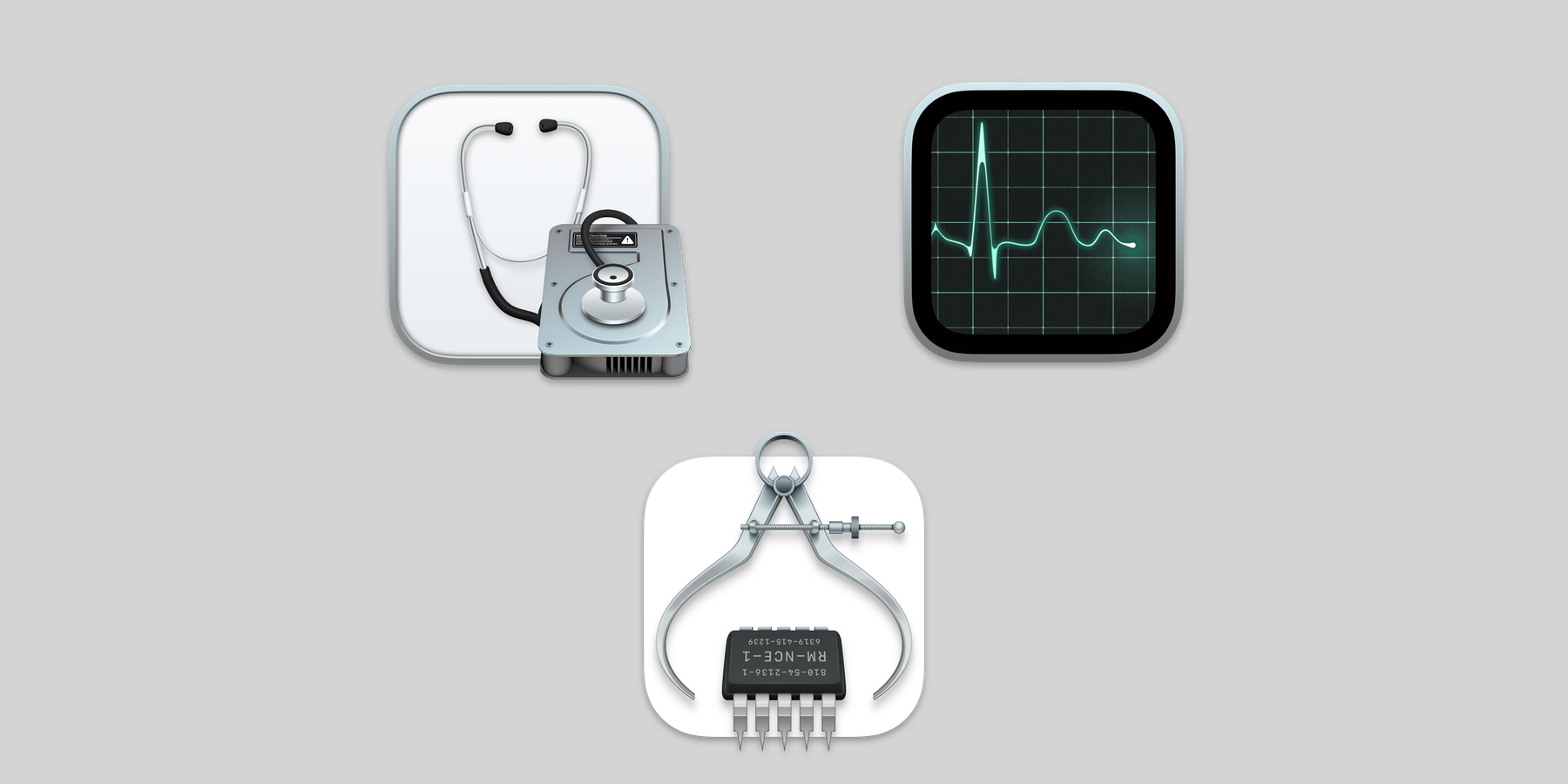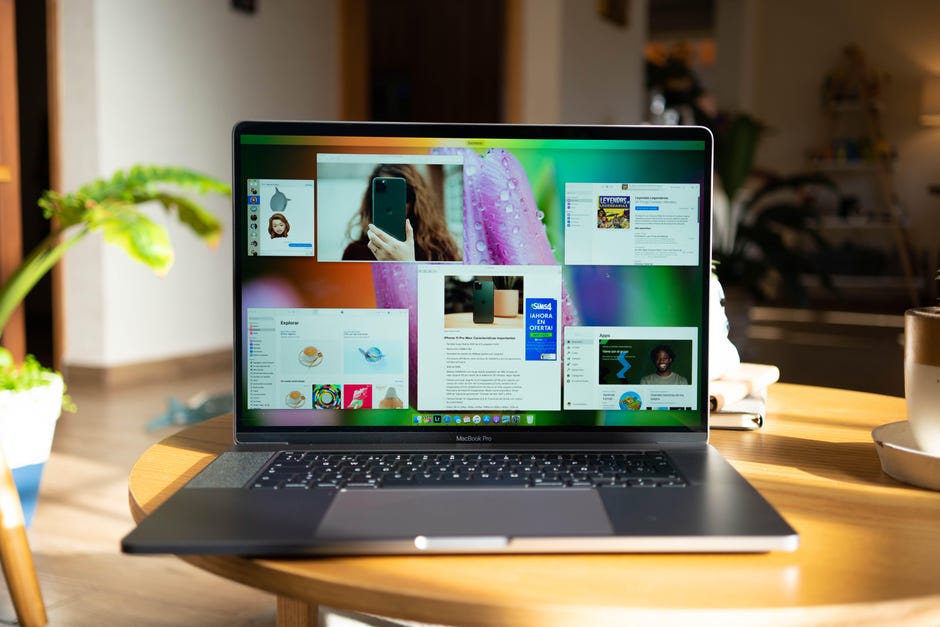USB slow transfer speed on Mac is annoying. If your Mac storage is not big enough to store all the files you need, then you have to make use of USB flash drives. Here in the article, 4 ways are provided for you to improve the USB transfer speed on Mac. If you lost files during the transferring process, download iBeesoft Data Recovery to recover them. Minitool partition wizard bad disk.
Read about the ways to increase download speed on Mac and choose the best speed download app. Learn how to check download speed on Mac and make it higher. Ways to Speed Up a Slow Internet Connection on the Mac. Download the iStumbler software. 10 Ways to Speed Up a Slow Internet Connection on the Mac.
- Increase mac speed speed up your mac mac running slow mac lagging how to make your mac run faster how to speed up your mac latest mac os x slow macbook pro speed up my mac speed up mac mac.
- Whether you buy movies to watch offline, download music, or send and receive large files to and from colleagues, slow downloads can become very frustrating. However, if you follow the steps above, you should be able to diagnose the problem and speed up downloading on your Mac.

It is annoying when you find that your USB drive is transferring at slow speeds. A better way to overcome the situation is by choosing an effective method to improve the transferring progress. If you observe that there is a data loss during the transfer process, you can utilize the iBeesoft undelete or unformat USB tool to retrieve the contents.
- Quick Navigation
- Method 1: Change adapter to USB 3.0 compatible adapter
- Method 2: Turn Off Spotlighting for the USB Flash Drive
- Method 3: Convert USB file system from FAT32 to APFS
- Method 4: Format USB flash drive
- Method 5: How to Recover Lost Files/Data from USB Flash Drive
Method 1: Change adapter to USB 3.0 compatible adapter
USB slow transfer speed Mac causes delays in transferring data to a USB drive. One of the reasons could be because you are using a pen drive that is USB 2.0. It means that the drive has a maximum reading capacity of 35Mb per second. Even if you are using a USB 3.0 port on your Mac, the transfer speed will be slow due to this reason. The only method you can enhance the speed is by changing the pen drive. You can get the latest USB 3.0 pen drive.
Method 2: Turn Off Spotlighting for the USB Flash Drive

The other reason for MacBook USB transfer very slow observation is due to the Spotlight feature present in the Mac OS. A spotlight is an indexing tool that helps the OS to search for information. It figures out where everything is and enables you to find anything with ease. You can increase the transfer speed on your USB drive by disabling the Spotlight. Follow the steps:
1. Open 'System Preferences'. Select 'Spotlight'.
2. From the window, click the 'Privacy' tab.
3. Click '+' sign at the bottom to add your USB drive. The next time you plug your pen drive, Spotlight will ignore the storage device, and you can transfer at an increased speed.
Method 3: Convert USB file system from FAT32 to APFS
The slow transfer to USB Mac could be due to the file system. The Apple File System (APFS) replaces the HFS+ version focusing on SSDs, flash drives, and encryption. The reason for formatting your drive to APFS is because it works only with Mac operating systems. It means that the pen drive is not compatible when you plug to a computer running on a different OS like Windows. The steps will help you format the drive to APFS.
1. On the Mac, open the disk utility. Connect your pen drive.

2. Open the 'Show All Devices' under the 'View' tab.
3. From the left pane of the window, select the USB drive, and click 'Partition'.
4. Check that 'Scheme' is 'GUID Partition Map'. Now, choose 'Mac OS Extended (Journaled)' option under the format category. Click the 'Apply' key.
5. Next, click the 'Partition' button, and select the USB drive and right-click. From the drop-down menu that appears, choose 'Convert to APFS'.
6. You will see a completed message after the conversion is complete. Click the 'Done' key to fix USB transfer slow on Mac.
Method 4: Format USB flash drive
Apple provides a chance to convert from HFS+ to APFS without deleting the content before it launches it as a final product. However, if you like to test it much before that, you can do it by formatting the flash drive. You will be losing all the content. You can choose an SD card, USB drive, and external storage devices to format to the APFS file system. Nonetheless, it is preferable to start the process after you have completed taking a backup of the contents present in the drive that you wish to format.
It is possible that you might be facing a MacBook pro slow USB transfer rate even after the APFS file system change. It gives commanding results in High Sierra but not its predecessors. You can format the flash drive using the following steps:
1. Head to the 'Utilities' window and launch 'Terminal'. Enter the command 'diskutil list' in the window. It will provide all the disks connected to the Mac.
2. Choose the disk with the APFS file system from the list. For mac free font. Be careful while selecting the flash drive.
3. Enter the code 'diskutil apfs createContainer/dev/<identifier>'. (Identifier is the letter assigned to the flash drive). The command will begin the process and notify you as soon as the disk changes to the file system.
4. You must add volume to the new disk. Enter the command, 'diskutil apfs add Volume <identifier> APFS<newAPFS>'. It will replace the identifier with a new APFS container. For example, it will be disk 3 in this case.
After completion, you can check the changed properties of the drive.
Method 5: How to Recover Lost Files/Data from USB Flash Drive
Irrespective of the reason for using the USB drive, it is essential to create a backup of the contents. You can lose data at any point due to several reasons. However, you have the chance to recover all the files/data from the USB drive if you face such a situation. iBeesoft Data Recovery for Mac is a tool for your answer.
The recovery tool uses the latest technologies and algorithms to retrieve content without damaging the disk. The efficiency rate is high compared with others. It gives you a straightforward solution in retrieving content in a few simple steps.
Guide for How to Recover Data from USB Flash Drive
The recovery tool is available as a trial version. It is a standalone version and is virus-free. You can install it on your system, which is a simple procedure. Also, ensure that you have connected your USB flash drive. Now, follow the steps to get back the contents in a few simple steps.
1. The USB recovery program's primary screen displays the crucial file formats that it can recover. By default, all the formats have their respective checkboxes ticked. You can either continue with all the file formats for a full recovery or choose only the one that you want. For instance, if you wish to get back crucial office documents, then clicking 'Documents' alone is advisable. You can then continue by clicking the 'Start' button.

2. In the next window, you will see all the drives present on the computer. It will display all the partitions of the internal drive along with the sizes. You will also notice the presence of the externally connected drive along with its size. You can pick the connected USB device from the window and click the 'Scan' button to recover USB drive on Mac.
3. The scanning time is dependent on the file format, the USB drive's contents, and the size. You must be patient until the process is complete. iBeesoft shows you the contents that it can recover after the process is complete. It arranges the files according to the file format in order. Therefore, you can pick the one according to your need from the left pane by clicking on the respective folder. You can likewise view the preview of the content by selecting a file from the window's center spread. Mark all the files that you need and click 'Recover' to retrieve it. Select a location to save the files.
If you think there are additional files present on the drive, you can use the 'Deep Scan' mode. It scans sector-by-sector, making it a time-consuming process. You can then follow the above procedure to recover all the files and save them on the computer.
Mac Download Speed Slow
Now that you have understood why your transfer speed is slow, you must choose the methods discussed above to improve the transfer rate. Do not forget to create a backup before you pick the format option. When files lost during the transferring process, try iBeesoft Data Recovery to recover them.